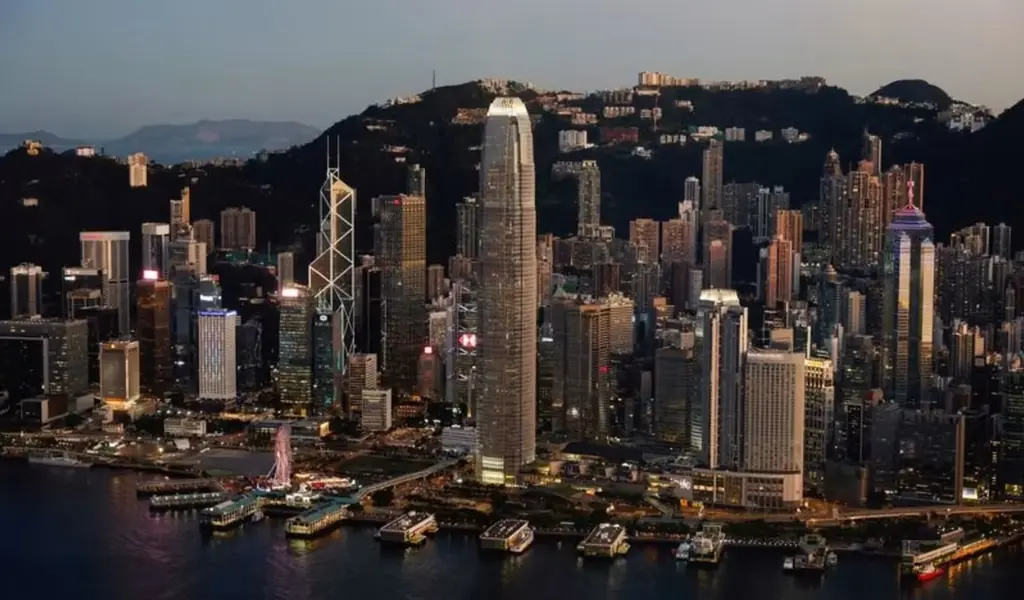(CTN NEWS) – HONG KONG – Due to its exorbitant price and lack of a longer-term solution in one of the world’s most unaffordable real estate markets, Hong Kong’s flagship US$3.4 billion plan to create temporary homes to address a severe shortage is drawing scathing criticism.
The global financial center has long suffered from exorbitant property prices, which have increased by 350% in the last two decades and generated one of the biggest wealth divides in the world.
Beijing is eager to see the city’s authorities address this issue because housing is a vital social issue.
To reduce the waiting period for public housing from six years to four and a half, Hong Kong Chief Executive John Lee pledged to develop 30,000 units of “Light Public Housing” over five years in his Policy Address last year.
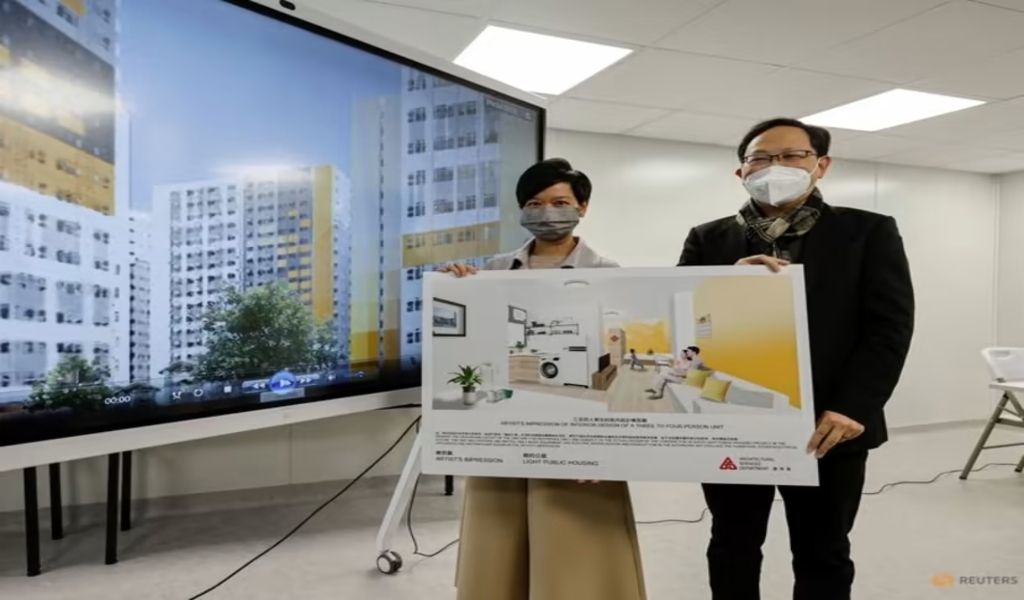
However, some have criticized the HK$26.4 billion (US$3.36 billion) price tag, pointing out that each unit costs roughly the same as long-term public housing and that the program is essentially a band-aid solution to a lingering issue might potentially fuel unrest.
After Beijing recognized insufficient cheap housing as a major contributing factor to the unrest, particularly among the city’s youth, that resulted in occasionally violent anti-government protests in 2019, the criticism over the project is a significant problem for Lee.
Chinese President Xi Jinping called for a “better life, a bigger flat” for the city’s residents.
Many of them live in claustrophobic subdivided flats and “cage” homes, which are wire mesh cabinets stacked on top of each other close to gleaming office skyscrapers, last year, raising the stakes for Lee.
Simon Yau, professor of urban studies at Lingnan University of Hong Kong, noted the criticism regarding the proposed locations of the dwellings, some of which are in distant urban regions.
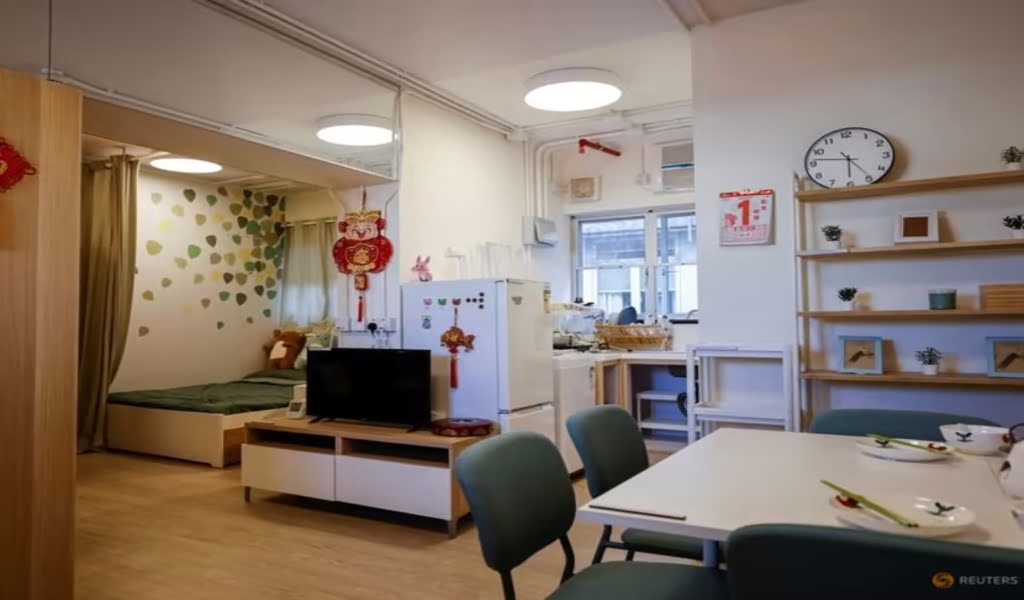
“Wherever the location is, there would be opposition voices,” he added.
However, Yau noted that the government was spending this much on an experiment.
Authorities revealed eight locations for the homes last month, with unit sizes ranging from 140 to 330 square feet (13 to 31 square metres), and able to house families of one to five individuals.
The prefabricated, modularly constructed temporary homes would be taken down about five years after the allotted term for inhabiting the sites has passed.
Yau claimed that because there are presently 200,000 people living in partitioned flats and the residences are not permanent, the plan would not significantly address the housing shortage, an issue that has lasted for further than two decades.
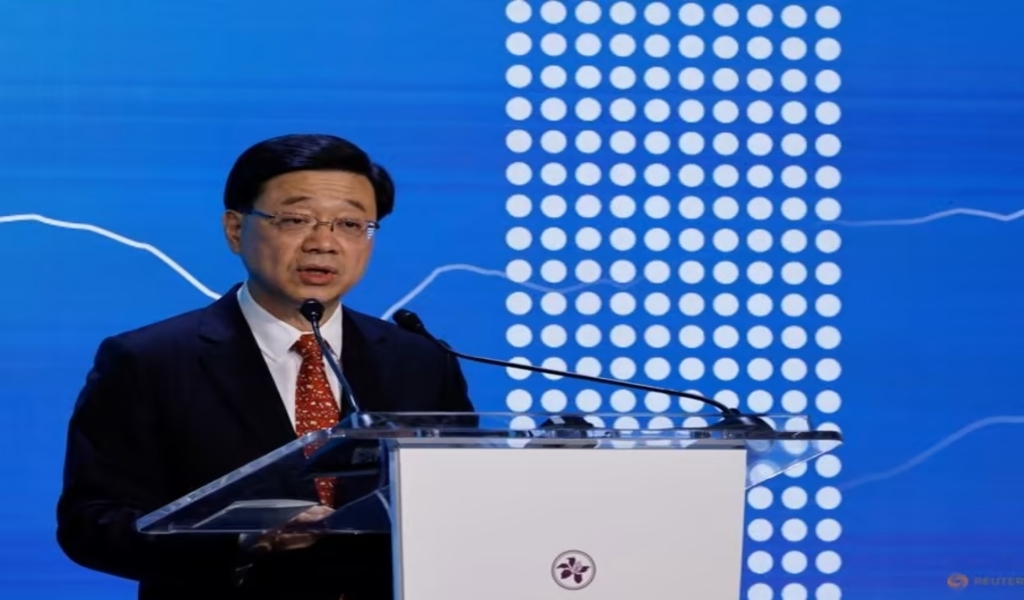
A SMALLER SPACE THAN A PARKING SPACE
According to a government assessment from 2020, 1.65 million individuals, or 23.6% of the 7.5 million residents in the country, were considered to be poor. According to a report by Citibank, the city will have over 434,000 millionaires in 2021.
The estimated 110,000 subdivided flats in Hong Kong are infamous for having a median area of 124 square feet, or less than a parking space. Despite being in terrible shape, their floor rent is 70% higher than the city’s average floor rate.
According to the government, the rent for the Light Public Housing would be between HK$780 and HK$2,650 per month, which is much less than the typical rent for subdivided apartments in Hong Kong, which is currently HK$5,000.
According to Eric Chan, the city’s No. 2 official, “many people stated Hong Kong is an international metropolis, but its living environment is not ideal.”
The administration is acting in this manner because of that.
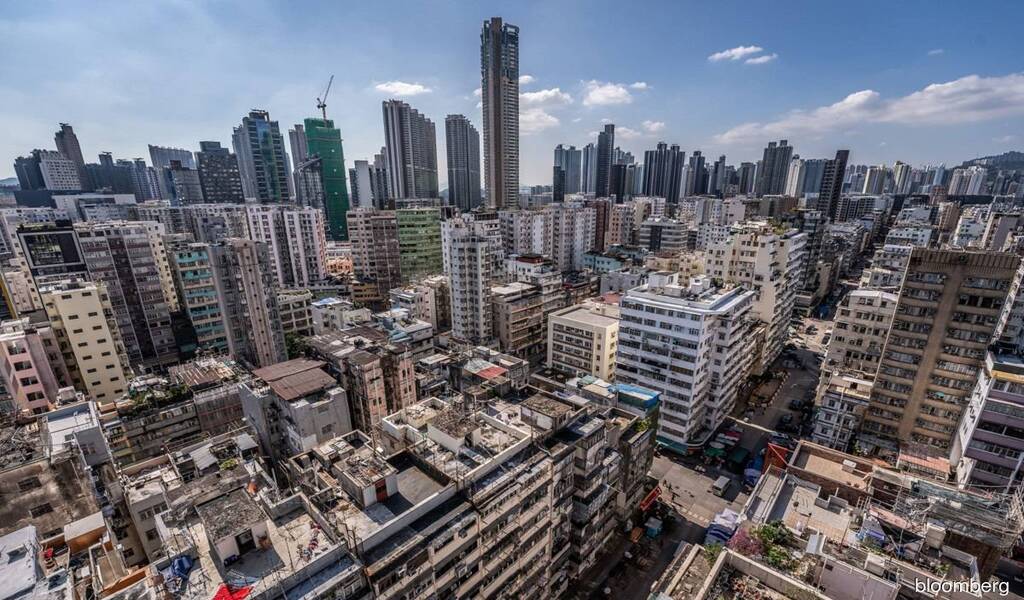
Although lawmakers grilled the government plan on Wednesday, they approved a HK$14.9 billion budget proposal for the construction of the first batch of dwellings.
According to the legislators, the project at Kai Tak in Kowloon, which is the most contentious of the eight sites, would put further strain on already overworked facilities and transportation networks.
The community amenities are seriously inadequate, according to Starry Lee, chairperson of the Democratic Alliance for the Betterment and Progress of Hong Kong, with the addition of 30,000 residents to the region (DAB).
Some Kai Tak residents stated they would think about organizing protests, which would cause the government a lot of trouble and request a court review.
They claimed the idea might impact housing prices and conflict with plans to develop a second central business district (CBD) in the region.
Cheung King-fan, a district councilor for the Kai Tak neighborhood, stated, “this is an issue of confidence in the government’s (plans).”
Is the government spending any public funds to accomplish the goal of increasing public housing?
RELATED CTN NEWS:
U.N. Aid Chief Visits Turkey-Syria Earthquake Zone As Death Toll Passes 21,000


